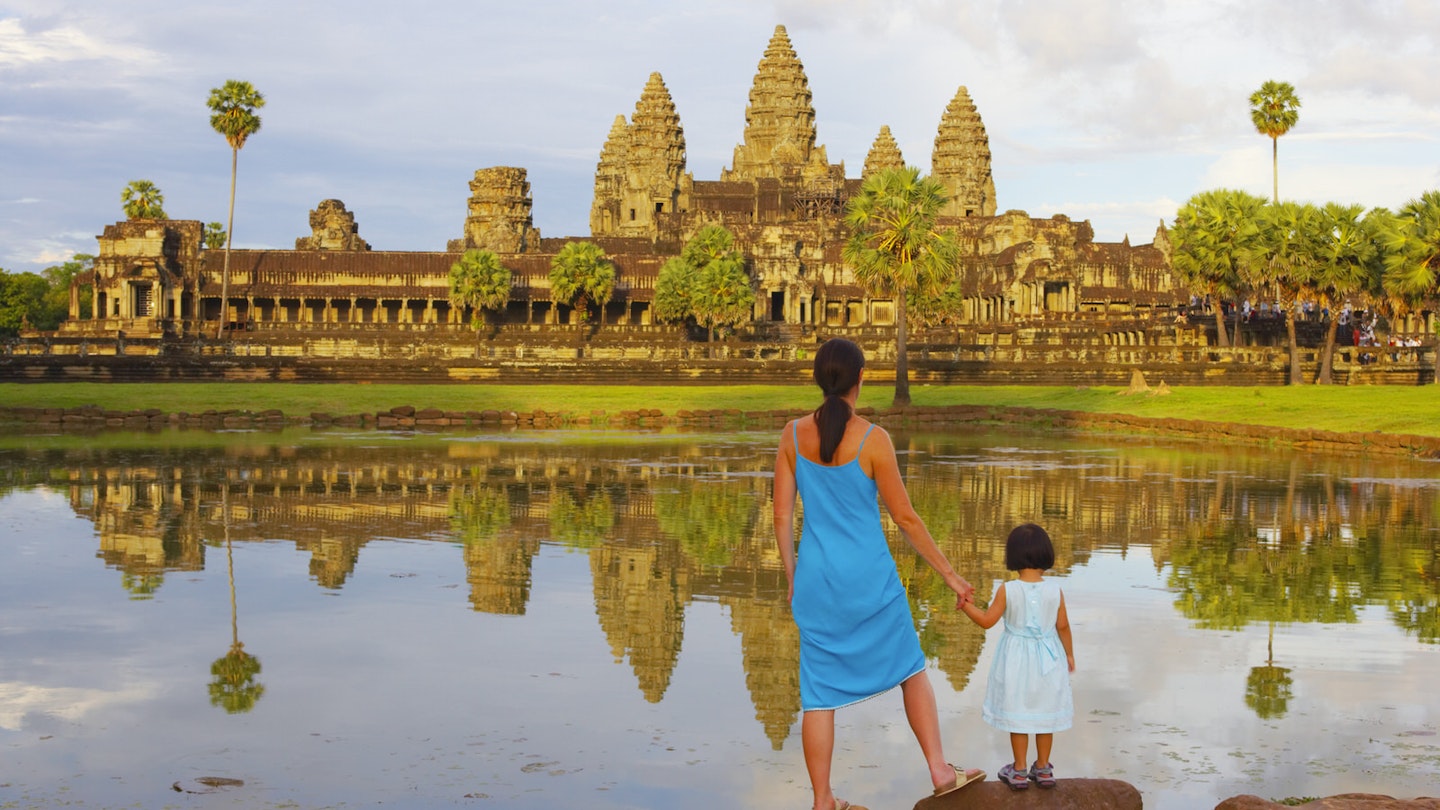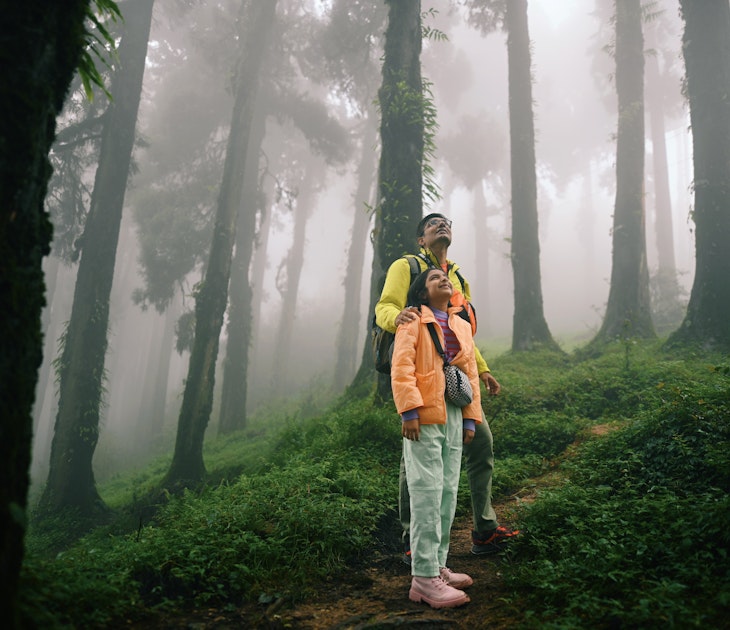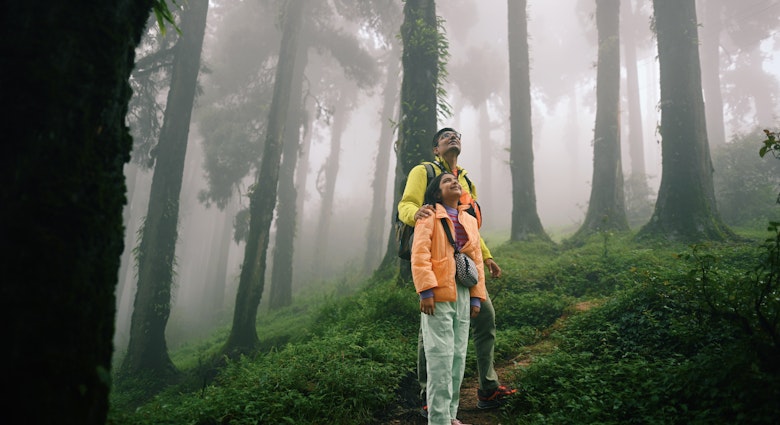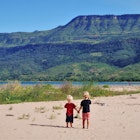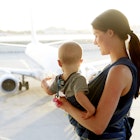Ever dream of quitting work, renting out the family home and taking off to explore the world long-term? It’s a step that plenty of parents would love to take but the thought of planning such a mammoth trip can be daunting – especially when it takes all your energy just to get the kids out the door.
It’s easier than you think. Determined to make your family travel dream a reality? Here’s our guide to the basics.

Make the decision and stick to it
There are positives and negatives to a round-the-world trip with kids at any age: travelling with babies or toddlers is cheaper – and there’s no school to worry about – but they’re unlikely to remember much about the trip; older children will form longer-lasting memories but you’ll need to keep up with their studies; and while teenagers can handle more intrepid undertakings, close friendships and looming exams may mean they’ll take more convincing.
Worry too much about the ‘right’ time to go and you might never take the plunge. Just choose a date and get planning. You won’t regret it.

Choose a travel style to suit your family
While travelling with babies and toddlers needn’t preclude adventurous travel, some destinations – Southeast Asia and the South Pacific, for example – are more tot-friendly than others. With older children and teenagers you could explore more challenging options such as a camping safari in the African bush or hiking in the Himalayas.
Don’t forget: a round-the-world adventure needn’t involve a multi-stop plane ticket and a backpack; travelling overland in a campervan is a fun and flexible way to travel, or you could even try cycling across a continent or navigating the oceans in a sailboat...
Stay healthy on the road
Looking after your family’s health is of course a top priority. Before you go, arrange the requisite vaccinations and antimalarials in plenty of time, and remember that some jabs (eg typhoid) can’t be given before a certain age. Carry a good first aid kit and discuss in advance what to do in an emergency; comprehensive travel insurance is a must.
While it pays to be prepared, with all the fresh air and exercise you’ll likely be getting on the road, plus new, varied foods and plenty of mood-boosting family time, chances are you’ll all be healthier than ever while you’re away.

Pack light and stock up on the go
Will you be lugging around baby paraphernalia, or are you travelling with older kids who can carry their own stuff? Will you be backpacking or driving? Do you need to worry about seasons or will you stick to warm climates?
Whatever your plans, pack as little as possible. You can buy nappies, baby food and even clothes as you go along – and you may well need to anyway, given the rate at which most children grow.
Must-haves include a comfort object or two for small children, a lightweight sling for babies and toddlers, and a tablet or laptop loaded with games and movies for when the inevitable cries of boredom strike. A small backpack that young children can pack and carry themselves is a great way of involving them in the preparations.
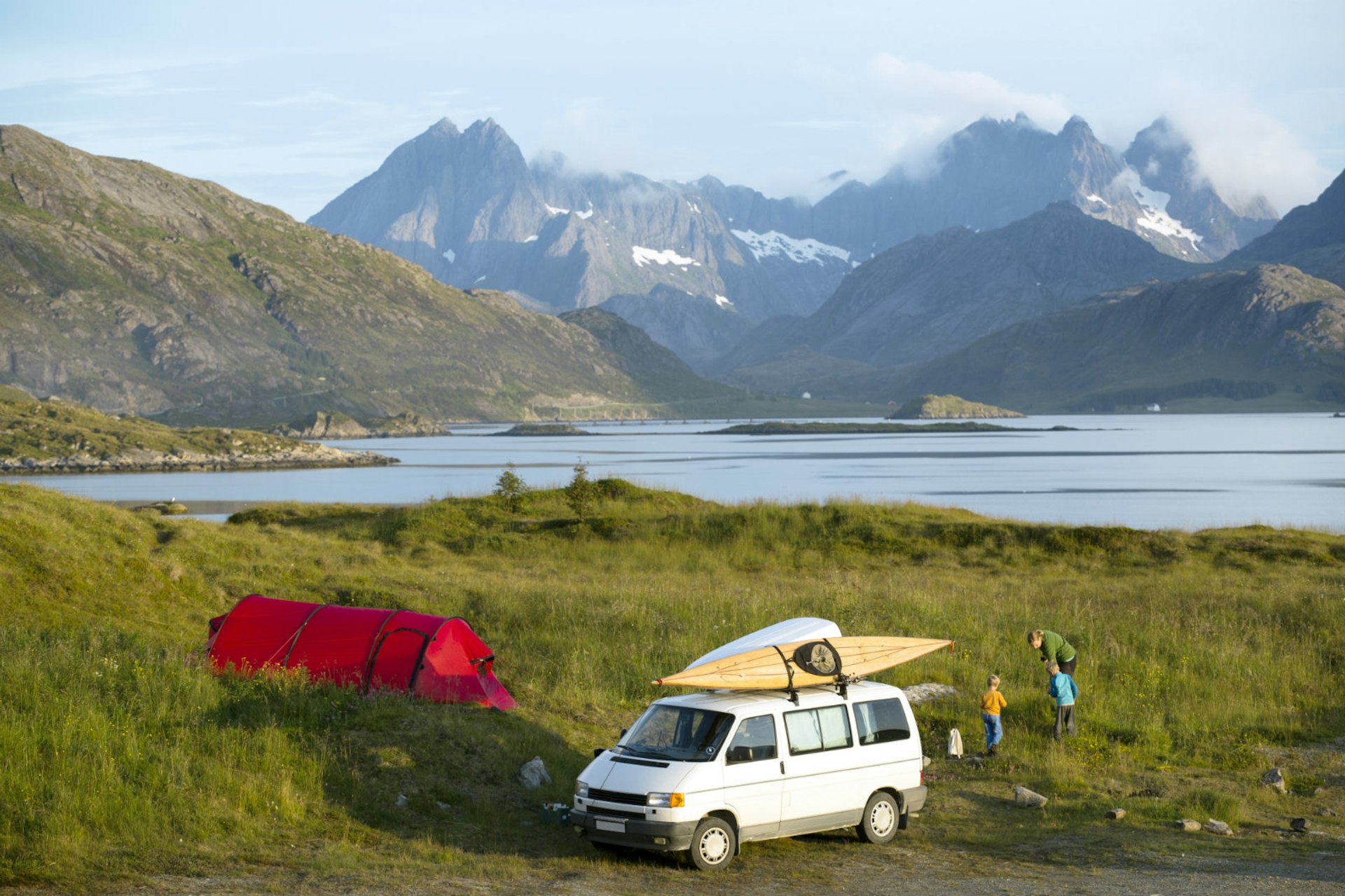
Budget, budget, budget
Running out of cash halfway across the world is best avoided, so work out a maximum weekly budget and stick to it – with money put aside for emergencies and occasional splurges. If you’re on a tight budget, spend the bulk of your time in cheaper countries. You’ll blow through money faster in North America and Western Europe than you would in Southeast Asia or India.
To save cash, try camping or staying in hostels (many of which are family-friendly these days), and cooking your own food rather than eating out for every meal. Couchsurfing (couchsurfing.org) or housesitting will save you money while allowing your family to experience life as the locals live it.

Get the kids involved
Letting the kids take part in the day-to-day decision making is all part of the fun. Ask them for their ideas of what to do and where to visit; encourage them to write or draw in a journal daily; or give them their own child-friendly camera to capture the world from their own perspective.
You may need to move slower than you did in your pre-children days. Most kids won’t take kindly to rushing around ticking off high-profile sites; it’s more relaxing for all involved to spend several days, weeks, or even months in each destination.
Arrange time apart
For everyone’s sanity, it’s a good idea to spend some time away from your kids once in a while. Take it in turns to watch them while one of you gets some alone time, hire a babysitter and have a grown-up night out, or treat yourself to a stay in a hotel with a kids’ club. Allowing your kids a break from each other can also save everyone some headaches.

Let travel be their teacher
Travel with school-age children and you’ll have to educate along the way. As well as setting time aside for formal study, draw inspiration from the world around you. Learn about art and history by visiting museums and ancient sites; use a trip to the market as a simple maths lesson; study maps to understand the geography of the countries you’re visiting; or encourage your kids to interact in the local language.
There are numerous sites dedicated to homeschooling and many companies provide learning and teaching resources on their websites, including National Geographic (education.nationalgeographic.org/teaching-resources/), NASA (nasa.gov/audience/foreducators) and the BBC (bbc.co.uk/education).
Of course, exploring the world is a positive learning experience in itself, and your kids are bound to gain valuable practical, social and language skills to show off when they get back home.
Take it easy upon your return
Adjusting to the usual routine may be difficult to deal with upon your return, especially when you’re used to being together 24/7 – so allow time for everyone in the family to decompress before jumping back into work and school.
If you and the kids are suffering from post-trip blues, create an album or scrapbook together, head out and have adventures in your local area, or get planning your next big trip… safe in the knowledge that you’ve given your babies the travel bug.
Want to take a shorter family trip before you take the plunge? Download our free ebook, 25 City Adventures for Families, for inspiration!
https://shop.lonelyplanet.com/products/lonely-planet-kids-travel-book-1
